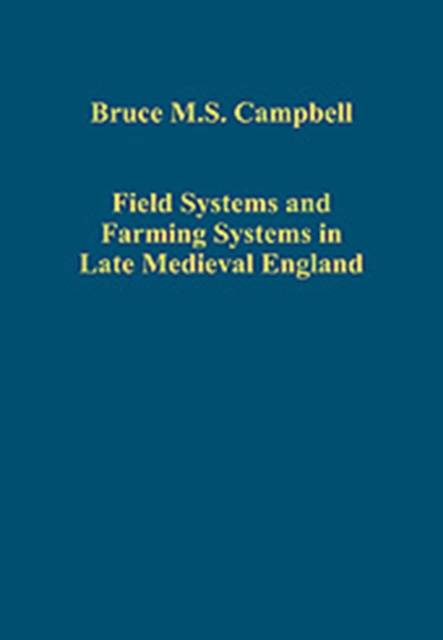
- Afhalen na 1 uur in een winkel met voorraad
- Gratis thuislevering in België vanaf € 30
- Ruim aanbod met 7 miljoen producten
- Afhalen na 1 uur in een winkel met voorraad
- Gratis thuislevering in België vanaf € 30
- Ruim aanbod met 7 miljoen producten
Zoeken
Omschrijving
The later Middle Ages was an overwhelmingly rural world, with probably three out of four households reliant upon farming for a living. Yet conventional accounts of the period rarely do justice to the variety of ways in which the land was managed and worked. The thirteen essays collected in this volume draw upon the abundant documentary evidence of the period to explore that diversity. In the process they engage with the issue of classification - without which effective generalisation is impossible - and offer a series of solutions to that particularly thorny methodological challenge. Only through systematic and objective classification is it possible to differentiate between and map different field systems, husbandry types, and land-use categories. That, in turn, makes it possible to consider and evaluate the relative roles of soils and topography, institutional structures, and commercialised market demand in shaping farm enterprise both during the period of mounting population before the Black Death and the long era of demographic decline that followed it. What emerges is an agrarian world more commercialised, differentiated, and complex than is usually appreciated, whose institutional and agronomic contours shaped the course of agricultural development for centuries to come.
Specificaties
Betrokkenen
- Auteur(s):
- Uitgeverij:
Inhoud
- Aantal bladzijden:
- 332
- Taal:
- Engels
- Reeks:
Eigenschappen
- Productcode (EAN):
- 9780754659464
- Verschijningsdatum:
- 19/12/2008
- Uitvoering:
- Hardcover
- Formaat:
- Genaaid
- Afmetingen:
- 170 mm x 245 mm
- Gewicht:
- 769 g

Alleen bij Standaard Boekhandel
+ 458 punten op je klantenkaart van Standaard Boekhandel
Beoordelingen
We publiceren alleen reviews die voldoen aan de voorwaarden voor reviews. Bekijk onze voorwaarden voor reviews.











